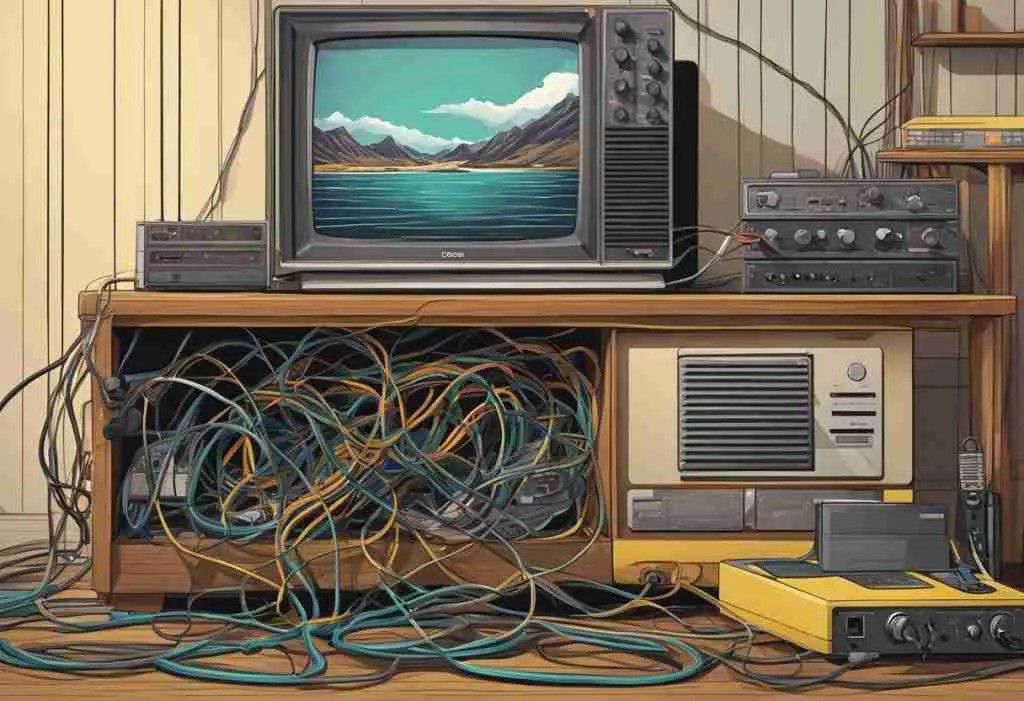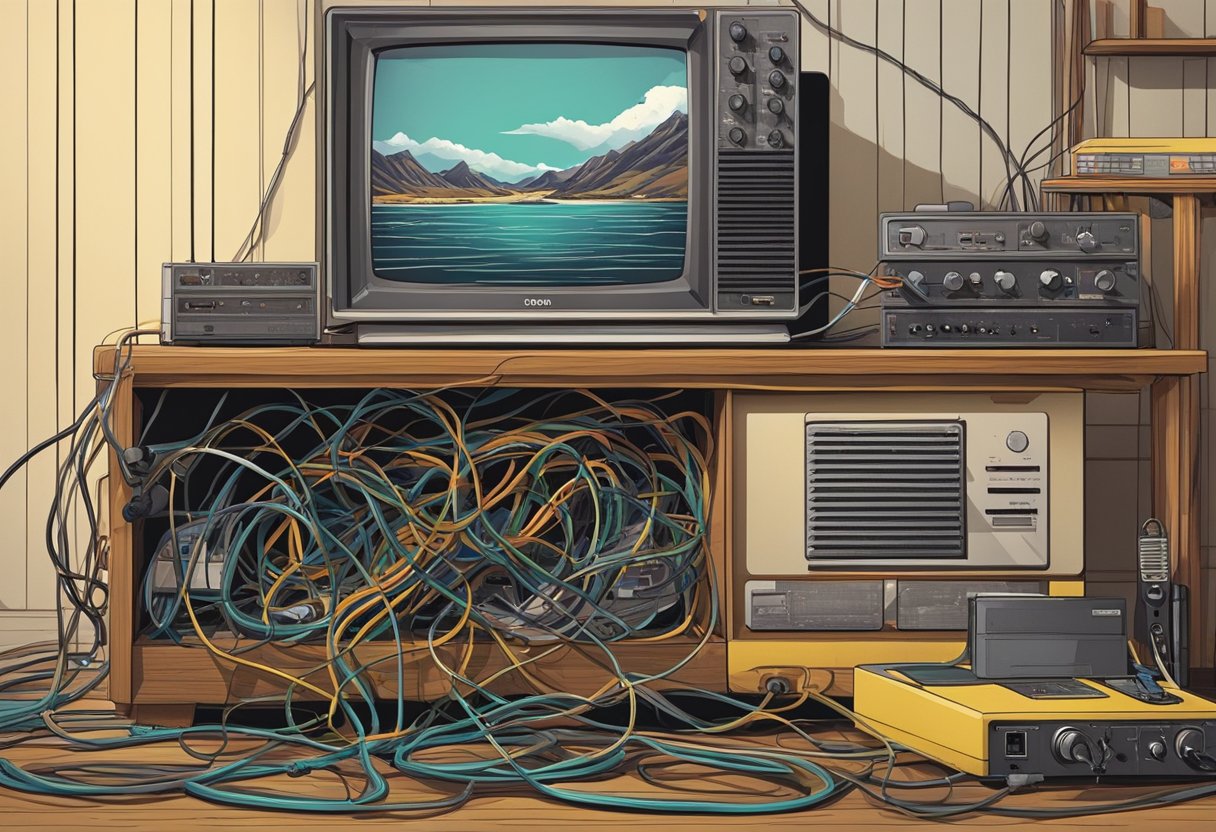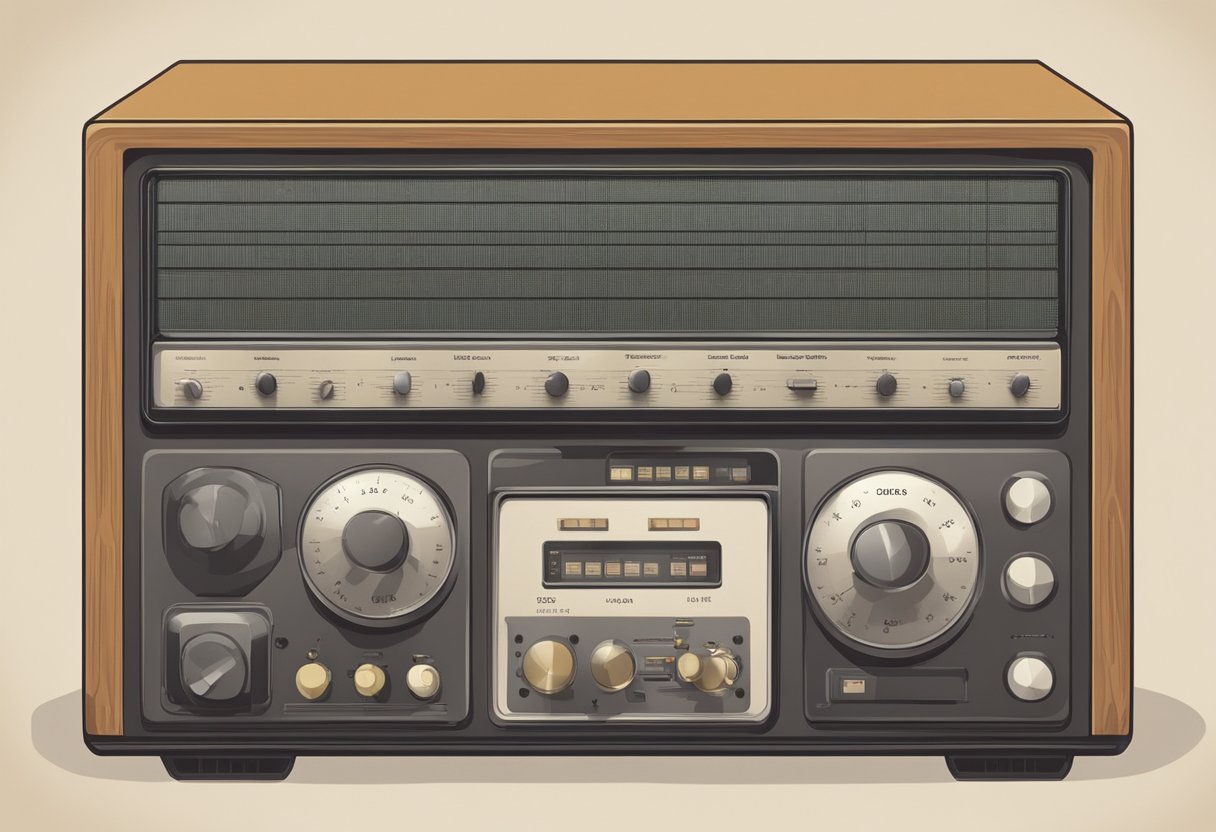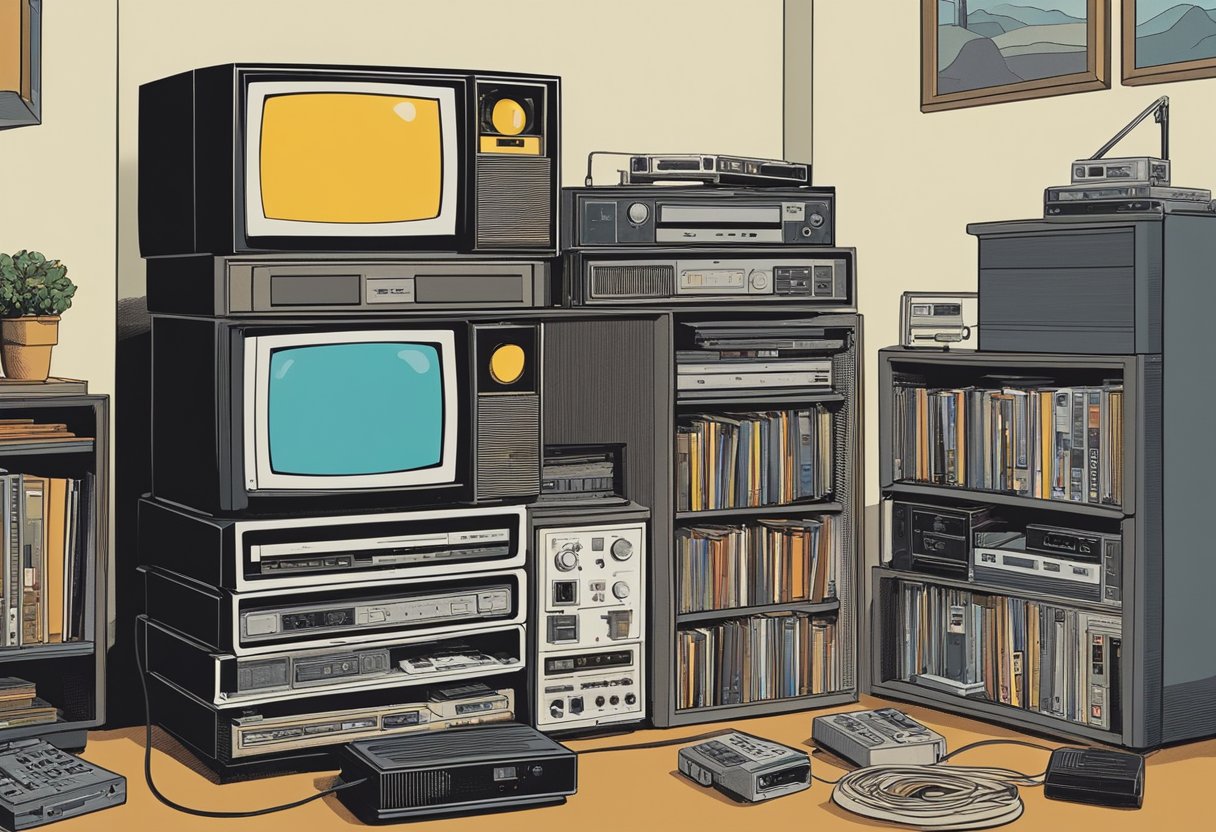The Best Fluffy Pancakes recipe you will fall in love with. Full of tips and tricks to help you make the best pancakes.

The 1980s was a decade of rapid technological advancements that changed the way people consumed entertainment. One of the most significant changes was the introduction of cable television. Cable TV became a popular alternative to the limited options of broadcast television, and it allowed viewers to access a wider range of channels and programming. However, cable TV could not be accessed without a cable box, which was a necessary piece of equipment that allowed viewers to tune in to cable channels.
The 1980 cable box was an electronic device that was used to decode cable signals and provide access to cable channels. It was a bulky piece of equipment that was often placed on top of the TV set. The cable box had a dial that allowed viewers to select channels, and it typically had a limited number of channels available. The 1980 cable box was the predecessor to the digital cable box that is used today, which provides access to hundreds of channels and on-demand programming.
The 1980 cable box was a significant piece of technology that changed the way people consumed entertainment. It allowed viewers to access a wider range of programming and paved the way for the digital cable box that is used today. While the 1980 cable box may seem primitive compared to today’s technology, it was a crucial step in the evolution of cable TV.
History of Cable Television

Rise of Cable in the 1980s
Cable television first emerged in the United States in the late 1940s, but it was not until the 1980s that it became widespread. The rise of cable television in the 1980s was due to a combination of factors, including the increasing popularity of television, the growth of the telecommunications industry, and the development of new technologies.
During this period, cable television replaced over-the-air broadcast television as the primary programming source for many Americans. Cable television offers a wider variety of programming options, including sports, movies, news, and specialized channels aimed at niche audiences.
Introduction of the 1980 Cable Box
The 1980 cable box was a revolutionary device that transformed how people watched television. It was a small, rectangular box connected to a television set and allowed viewers to access a wide range of cable channels.
The 1980 cable box was different from earlier cable boxes in several ways. It was smaller, more affordable, and easier to use. It also offered more channels and better picture quality than earlier cable boxes.
The 1980 cable box was a significant milestone in the history of cable television. It helped to make cable television more accessible and affordable for millions of Americans and paved the way for the development of new technologies that would continue to revolutionize the television industry in the future.
Technology and Features

Cable Box Functionality
The 1980 cable box was a revolutionary device that transformed the way people consumed television. It allowed viewers to access a wide range of channels and programs, which was a significant improvement over the limited number of channels available on traditional broadcast television. The cable box was designed to receive signals from the cable company and decode them into a format that could be displayed on a television set. The box had a tuner that could be used to select channels, and it also had a built-in amplifier that boosted the signal strength of the incoming cable signal.
One of the most significant advantages of the cable box was that it allowed viewers to watch television without interference from weather or other external factors that could disrupt the broadcast signal. The cable box also provided better picture quality than traditional broadcast television, which was prone to interference and signal degradation.
Advancements in User Interface
The 1980 cable box also introduced several advancements in user interface technology. The box had a simple user interface that allowed viewers to select channels and adjust the volume with ease. It also had a display that showed the channel number and other relevant information.
In addition, the cable box was one of the first devices to feature a remote control. The remote control allowed viewers to change channels and adjust the volume without getting up from their seats. This was a significant improvement over traditional broadcast television, which required viewers to manually adjust the channel and volume on the television set.
Overall, the 1980 cable box was a groundbreaking device that transformed the way people consumed television. It introduced several advancements in user interface technology and provided viewers with access to a wide range of channels and programs.
Impact on Media Consumption

The introduction of cable television in the 1980s significantly impacted media consumption. It brought about a shift in viewing habits and expanded channel offerings.
Shift in Viewing Habits
Before the rise of cable television, viewers were limited to a handful of local broadcast channels. With the introduction of cable, viewers could access a wider range of programming, including niche channels that catered to specific interests. This led to a shift in viewing habits, as viewers began to consume media in a more personalized way.
Cable television also allowed for the airing of longer programs, such as movies and miniseries, without commercial interruption. This led to a change in how viewers consumed media, as they could watch longer programs without being interrupted by commercials.
Expansion of Channel Offerings
Another significant impact of cable television was the expansion of channel offerings. Cable providers could offer a wide range of channels, including premium channels like HBO and Showtime, which were not available on broadcast television. This gave viewers access to a wider range of programming, including movies and original series.
Expanding channel offerings also led to increased competition between cable providers, as each provider sought to offer the most channels and the best programming. This competition drove innovation and led to the development of new technologies, such as digital cable and video on demand.
Overall, the introduction of cable television in the 1980s significantly impacted media consumption. It brought about a shift in viewing habits and an expansion of channel offerings, changing how viewers consumed media.




